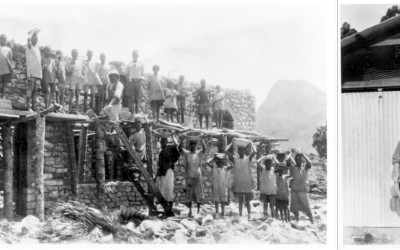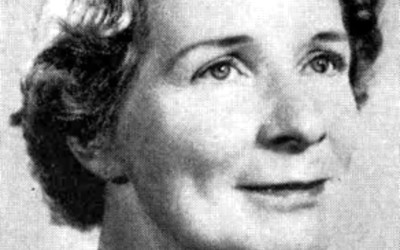
After two decades in print, Old Africa is now fully digital and free for all! That’s right: zero shillings, endless stories. Yes, we’ll miss the smell and feel of fresh paper too — and to our loyal subscribers who’ve stacked us proudly on bookshelves, we thank you for your loyalty. The stories stay rich, the history stays deep — only the format has changed.
But while the magazine won’t cost you a cent, creating it still does. If you enjoy digging into Africa’s rich past with us, toss a coin (or a few) our way. Help us keep history alive — minus the printing bill. Consider donating to Old Africa to keep the stories coming.
Want to get a notification email each time we release a new issue? Use the form below to add your name to our mailing list.
More About Vladimir Verbi
I’d like to return to the subject of Vladimir Verbi (see my blogs of February and December 2013), the missionary who shot his mother-in-law in the Taita Hills in 1941. To recap, Verbi was having trouble with his second wife, Lascelles, and forbade her going to a party in Voi. When she disobeyed, he angrily took his gun into the garden, because he was trying to deter crows from eating his strawberries…
Lady Sidney Farrar
My last blogs have been concerned with the role of European women in Kenya, particularly in World War 2. It has become clear that a leading role was played by Lady Sidney Farrar. Who was she? She was the daughter of the 7th Earl of Buckinghamshire, who boasted the names Sidney Carr Hobart-Hampden-Mercer-Henderson…
New from Old Africa books…The Sultan’s Spymaster
The Sultan’s Spymaster tells the story of Peera Dewjee, an Ismaili merchant who crossed from India to Zanzibar as a boy. Later he became Sultan Barghash’s barber and valet, where he became a confidant to the Sultan and a trusted advisor. Peera Dewjee acted behind the scenes during momentous events in the history of Zanzibar and East Africa – the closing of the slave markets and imperial expansion by Germany and Great Britain.



